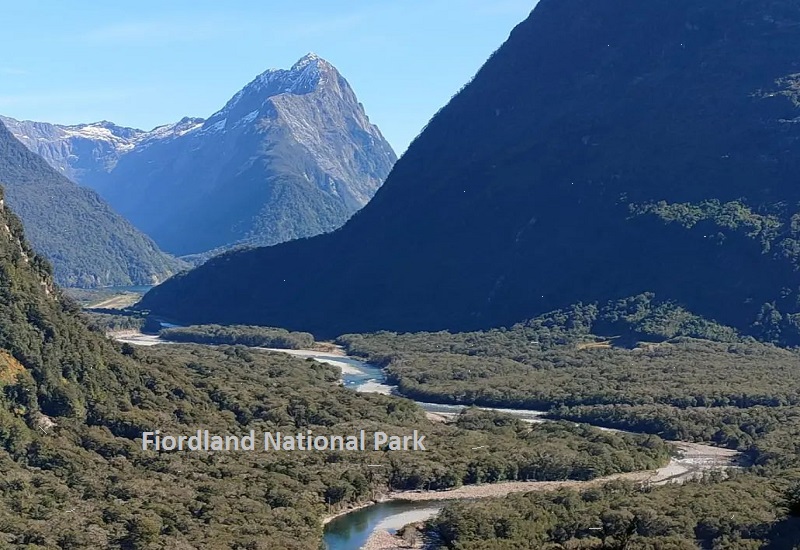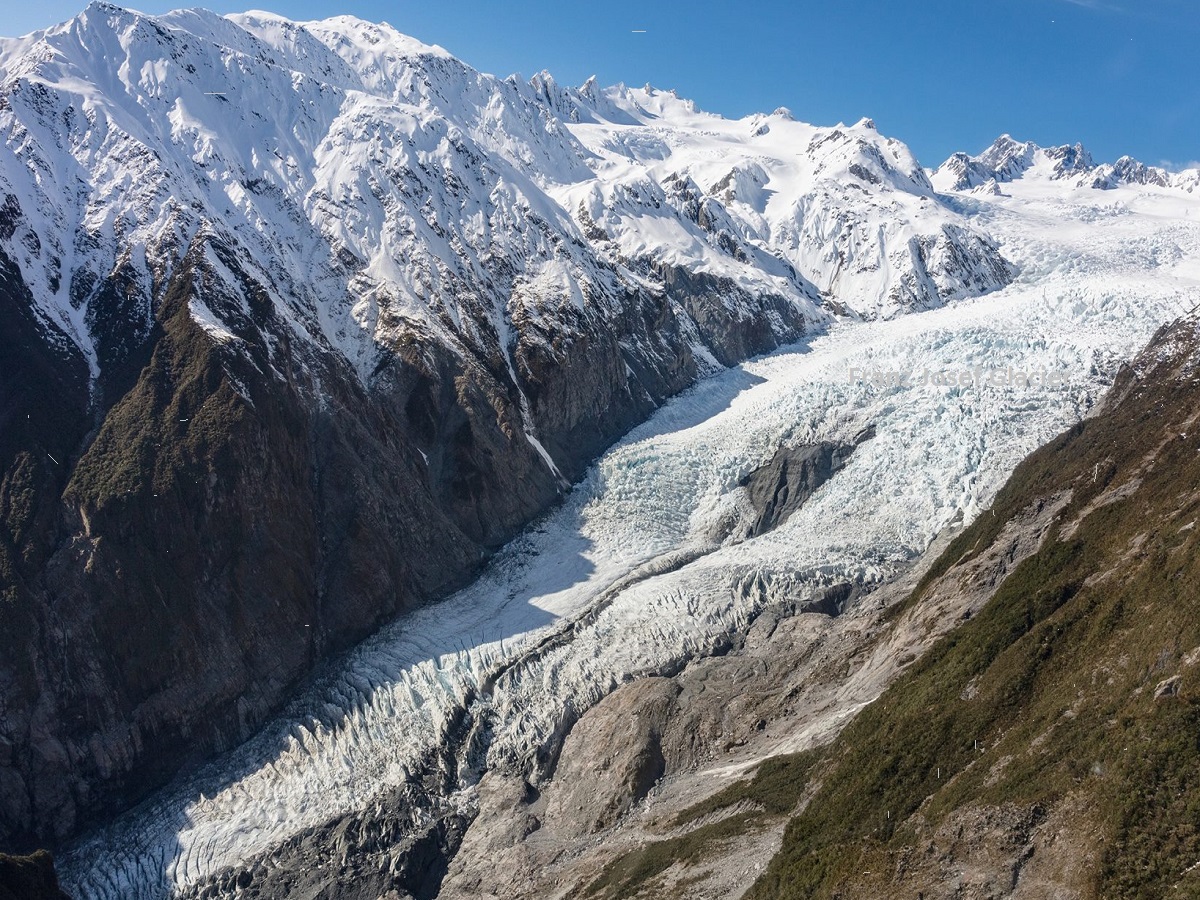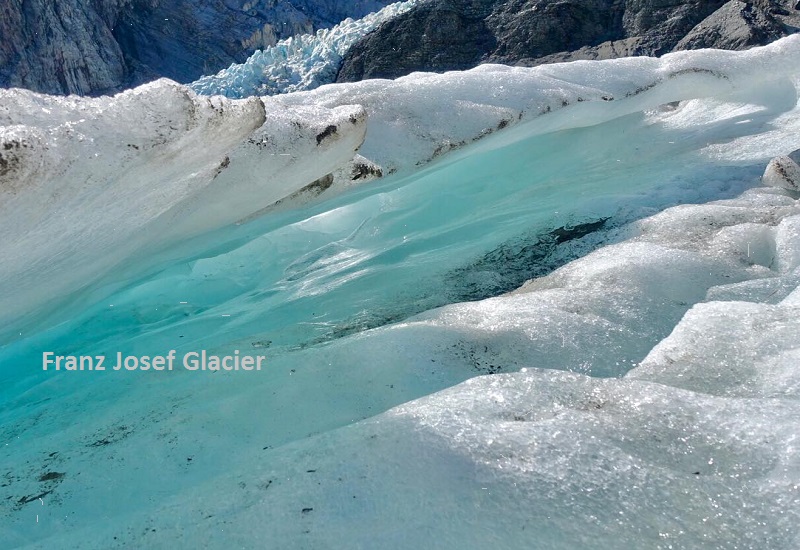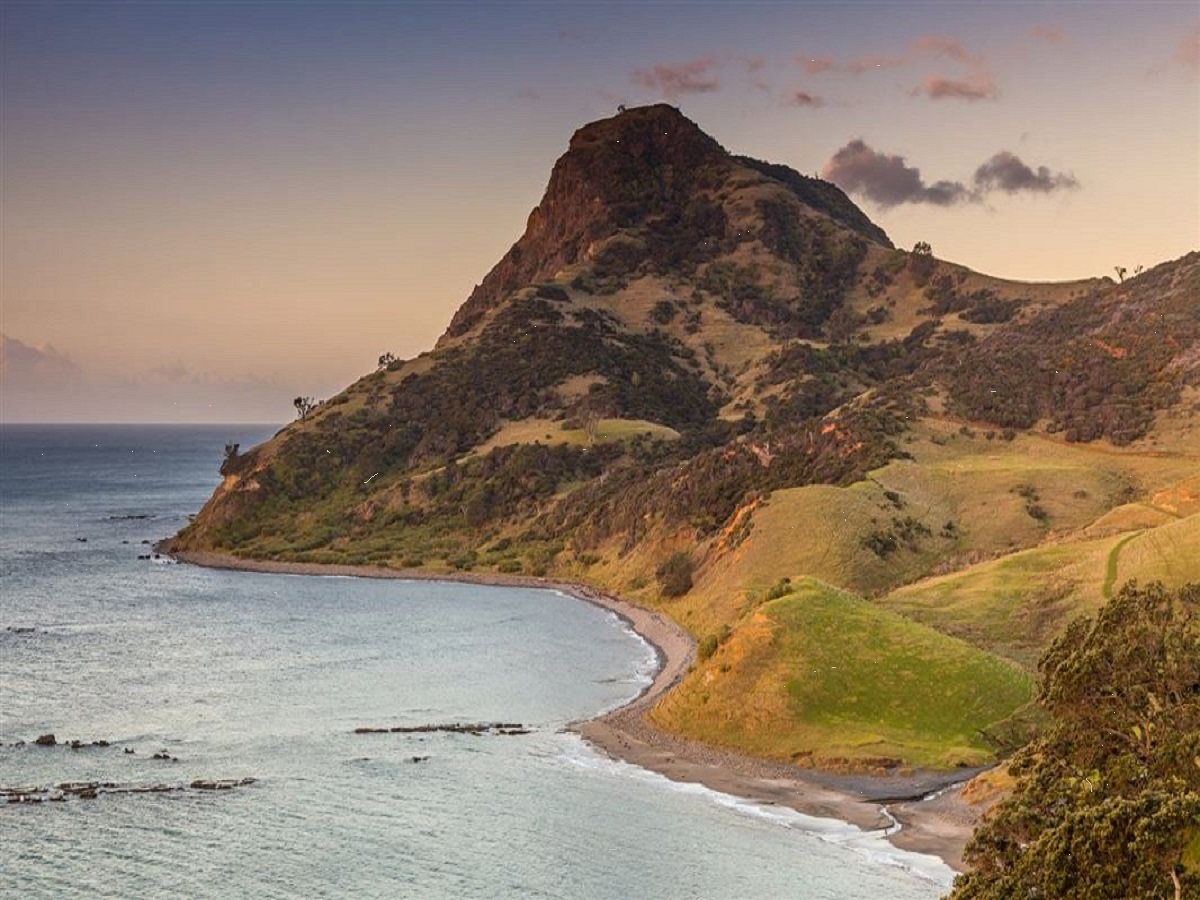Fiordland National Park is one of New Zealand’s most breathtaking and remote wilderness areas. Known for its dramatic fjords, pristine lakes, towering peaks, and dense rainforests, this UNESCO World Heritage site is a must-visit destination for nature lovers and adventure seekers. If you’re planning a trip to Fiordland National Park, this guide will help you navigate the best ways to experience its stunning landscapes.
Getting to Fiordland National Park
Fiordland National Park is located in the southwestern corner of New Zealand’s South Island. The most common starting point for a visit is the town of Te Anau, which serves as the gateway to the park.
Traveling from Queenstown
Queenstown, known as the adventure capital of New Zealand, is the nearest major city to Fiordland National Park. The drive from Queenstown to Te Anau takes about two hours and offers spectacular views of mountains, lakes, and valleys. You can rent a car in Queenstown and enjoy a scenic drive, or take one of the many bus services that operate between Queenstown and Te Anau.
Flying to Te Anau
For those looking for a quicker option, flying to Te Anau is possible, though flights are less frequent. The nearest airport to Te Anau is Queenstown Airport, from where you can catch a connecting flight to Te Anau. Alternatively, you can charter a small plane or helicopter for a more direct route.
Best Time to Visit Fiordland National Park
Fiordland National Park can be visited year-round, but the best time to visit depends on your preferences and the activities you wish to do.
Summer
Summer, from December to February, is the most popular time to visit. The weather is generally warm and stable, making it ideal for hiking, boating, and exploring the fjords. However, this is also the busiest season, so booking accommodation and tours in advance is recommended.
Autumn
Autumn, from March to May, offers cooler temperatures and fewer crowds. The fall colors add a unique charm to the landscape, and it’s a great time for photography. Hiking trails are still accessible, and the weather is generally pleasant.
Winter
Winter, from June to August, brings colder temperatures and occasional snow. This is the best time for a quieter experience and for those who enjoy snow-covered landscapes. Some roads and trails may be closed due to snow, so it’s important to check conditions before your visit.
Spring
Spring, from September to November, is another excellent time to visit. The melting snow feeds waterfalls, making them particularly impressive. The park is less crowded, and the weather is starting to warm up, making it a great time for hiking and sightseeing.
Exploring Fiordland National Park
Fiordland National Park offers a wide range of activities and experiences, catering to all levels of adventure.
Milford Sound
Milford Sound is the most famous fjord in Fiordland National Park and is often referred to as the eighth wonder of the world. The best way to experience Milford Sound is by taking a boat cruise, which allows you to see the towering cliffs, cascading waterfalls, and marine life up close. For a more immersive experience, consider kayaking or taking a scenic flight over the fjord.
Doubtful Sound
Doubtful Sound is a quieter and more remote fjord compared to Milford Sound. It’s known for its deep waters, rugged terrain, and abundant wildlife, including dolphins, seals, and penguins. Access to Doubtful Sound is more challenging, requiring a boat ride across Lake Manapouri and a bus trip over Wilmot Pass, but the experience is well worth the effort.
Hiking in Fiordland
Fiordland National Park is home to some of New Zealand’s most famous hiking trails. The Kepler Track, Milford Track, and Routeburn Track are all multi-day hikes that offer stunning views of the park’s diverse landscapes. For those looking for shorter walks, there are plenty of day hikes and walks, such as the Key Summit Track and Lake Marian Track, which provide equally rewarding experiences.
Wildlife and Bird Watching
Fiordland National Park is a haven for wildlife enthusiasts. The park is home to a variety of bird species, including the endangered Takahe, Kea, and Kaka. Marine life is also abundant, with opportunities to see seals, dolphins, and even the occasional whale in the fjords. Bring your binoculars and camera for a chance to spot these amazing creatures in their natural habitat.
Accommodation Options
Te Anau is the primary base for exploring Fiordland National Park and offers a range of accommodation options to suit all budgets. From luxury lodges to budget-friendly hostels, there’s something for everyone.
Staying in Te Anau
Te Anau has a variety of accommodation options, including hotels, motels, holiday parks, and bed and breakfasts. Staying in Te Anau allows you easy access to the park’s attractions and provides all the amenities you need for a comfortable stay.
Camping in the Park
For a more immersive experience, consider camping within Fiordland National Park. There are several DOC (Department of Conservation) campsites located throughout the park, offering basic facilities and stunning natural surroundings. Be sure to book your campsite in advance, especially during the peak season.
Practical Tips for Visiting Fiordland National Park
Visiting Fiordland National Park requires some planning to ensure a safe and enjoyable trip.
Pack for All Weather
The weather in Fiordland can be unpredictable, so it’s important to pack for all conditions. Bring waterproof clothing, sturdy hiking boots, and warm layers, even if you’re visiting in the summer.
Book in Advance
Fiordland National Park is a popular destination, especially during the summer months. To avoid disappointment, book your accommodation, tours, and activities well in advance.
Respect the Environment
Fiordland is a pristine wilderness area, and it’s important to respect the environment during your visit. Follow the Leave No Trace principles, stick to marked trails, and avoid disturbing wildlife.
Conclusion
Fiordland National Park is a place of unparalleled natural beauty, offering a wide range of activities for visitors to enjoy. Whether you’re cruising through the fjords, hiking the famous trails, or simply soaking in the stunning scenery, a visit to Fiordland is an unforgettable experience. With careful planning and preparation, you can make the most of your trip and create memories that will last a lifetime.





Leave a Reply